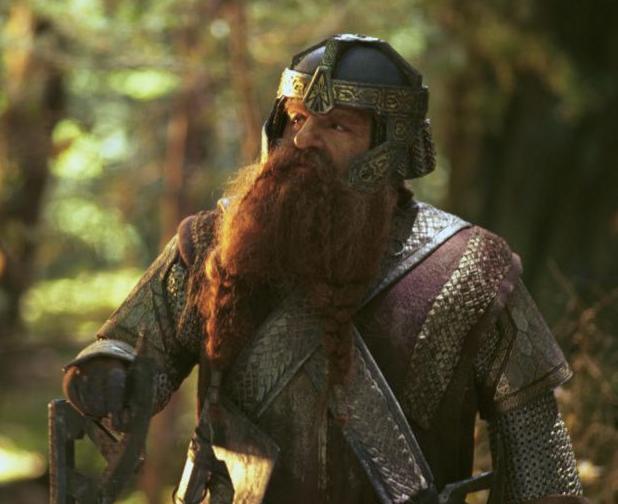How the danger sinks and swells,
By the sinking or the swelling in the anger of the bells
-
Of the bells -
Of the bells, bells, bells, bells,
Bells, bells, bells -- Edgar Allen Poe, "The Bells"
(This is a sorta-followup to
this post, just so you know.)
I've been knocking about the idea of replacing a d20 "to-hit" roll + damage with 3d6 + static modifier. Suppose a sword does 1d8 damage and a 1st-level fighter with no BAB needs to hit an AC 16 target. What is the expected damage done? Assuming an average roll of 4.5 points of damage x 0.25 (25%) chance of hitting, you have 1.125 points inflicted per round.
Now, suppose we use 3d6. Alone, 3d6 have a 4.63% chance of rolling 16 or higher. So that translates, with an average d8 die roll, to .208 points per round. But here's the trick: rather than rolling damage, the sword adds a static number to the 3d6 roll, and additional damage is determined by subtracting the AC from the eventual result. Assuming the sword gives a static 5 point bonus, we get a 25.92% of hitting, on average, 4 points, or 1.0368. Fairly close.
The idea behind this is, people are often going on about how high rolls on a d20 should somehow represent that their attack was extra special. These people do not understand the difference between a bell curve and a linear distribution, but if we don't want the fun experience of having a high "to hit" roll to be spoiled by rolling 1 for damage, we need to swap out systems.
In d20, people like to have at least the possibility of doing extra damage on an unmodified, or "natural" 20. How would we model that in 3d6, you might ask? One answer would be to swap something from the latest edition of
Tunnels & Trolls: the concept that doubles and triples add and roll over. So if you roll 5,1,5, you take the two fives, re-roll them, and add that number to the total; say the second roll is a 2 and a 4, you have a total of 17, plus the static +4 bonus for the sword. Now you've done 5 points of damage. If those had been 2 and 2, you would roll them yet again.
(To be accurate, in
T&T you only add and re-roll doubles when rolling two dice, and triples with three, but the principle isn't that far off this way.)
The numbers seem to work out if you take half the maximum die roll and add one, so a d4 gets 3, a d6 gets 4, etc.
Now, some purists would accuse me of tainting our dear retro-D&D play with such blasphemous bell-shaped results, but I think this is perfectly within the spirit of the OSR, since this is a simple mechanism that can be swapped out with the existing one without changing any other element of the game. (Magic swords that have different bonuses "to hit" and for damage might be a problem, but consider reversing the adds: a sword, +3 to hit and +1 damage becomes +1 to hit, but +3 damage. So our average damage becomes 3 points. A 40% chance of getting 5.5 points with the traditional system equals 2.2 points. Tweaking the numbers, +1/+2, gets us closer, at 2.72 points. Taking doubles and triples re-rolls into account gets us closer still.)
cheers,
Adam

